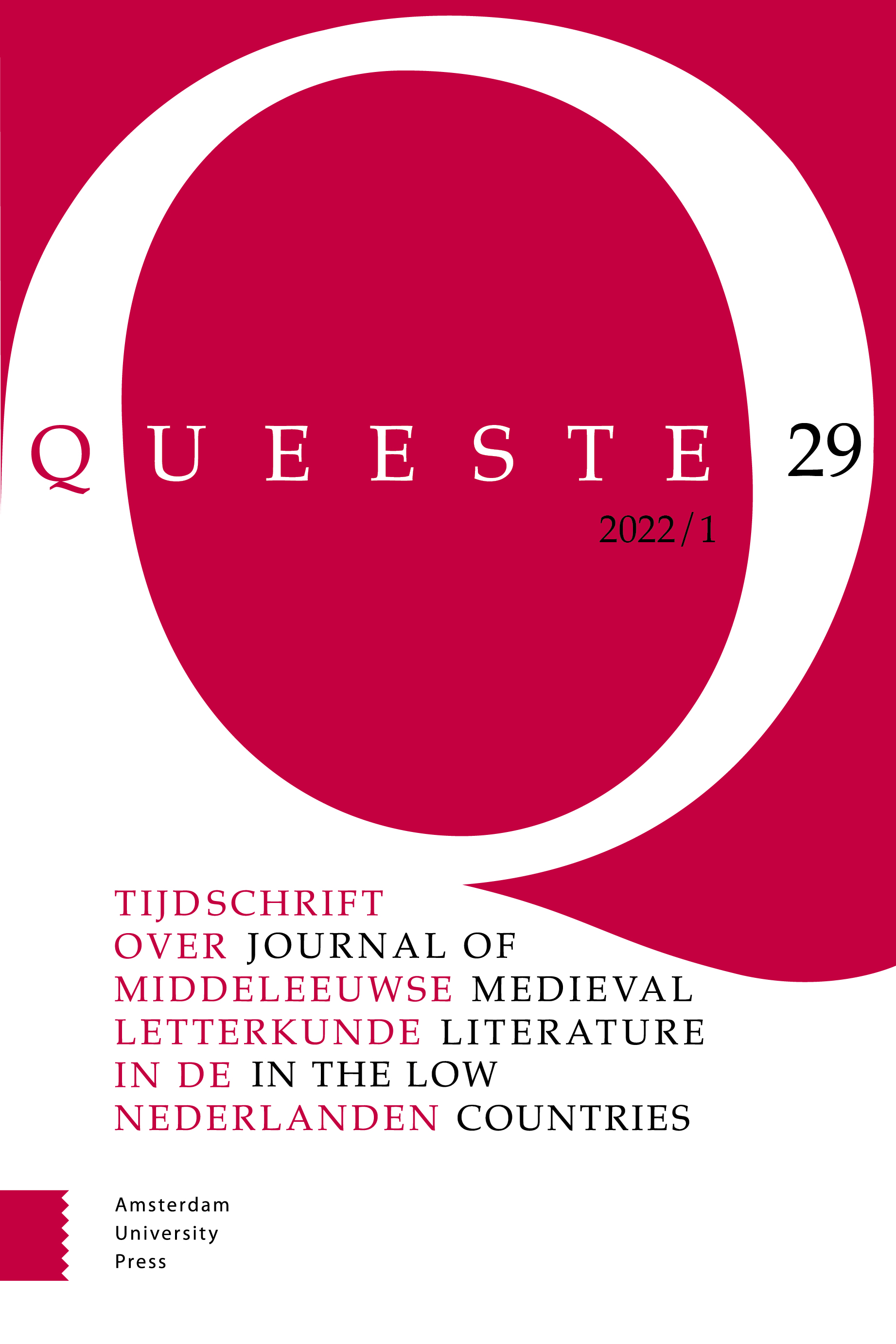-
oa ‘Wt vercoren sanderijn …’
De sociale betekenis van de nominale aanspreekvormen in de abele spelen en sotternieën geïllustreerd aan dialogen uit Lanseloet van Denemerken1
- Amsterdam University Press
- Source: Queeste, Volume 29, Issue 1, Nov 2022, p. 1 - 35
-
- 01 Nov 2022
- Previous Article
- Table of Contents
- Next Article
Abstract
This essay explores the use of nominal address forms in some Dutch medieval secular plays. A mixed qualitative-quantitative analysis along historical-pragmatic lines including the analysis of a wider corpus shows that the nominal address forms in the plays are used to express a variety of meanings that are more specific than the simple lexical meaning of the words used. These meanings are mostly social. Special attention is paid to the use of proper names and the nouns maghet, wijf and vrouwe (maiden, woman and lady), her (lord) and ridder (knight), and vrient (friend). Patterns of use were found related to status differences. Variation could be explained by considering changes in the context and the intentions of the participants. The concluding analysis of four dialogues from the play Lanseloet van Denemerken shows that nominal address forms and their social meanings have an important relational role in the communication between the characters of the play and are also dramatically important as means to characterize the people in the play and to help the plot forward.


